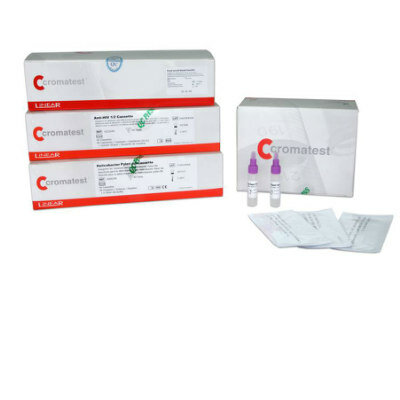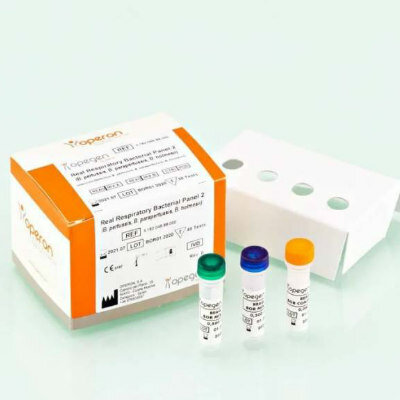Coagulation Dysfunction and Infection Evaluated in Patients with AECOPD
|
By LabMedica International staff writers Posted on 14 Apr 2021 |
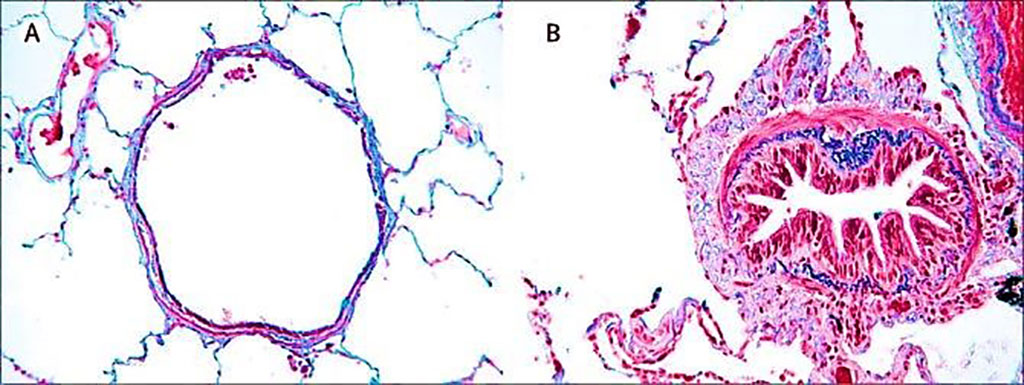
Image: Histology comparison of airway features in (A) a healthy individual and (B) in a patient with chronic obstructive pulmonary disease where airways are narrowed by infiltration of inflammatory cells, mucosal hyperplasia, and deposition of connective tissue in the peribronchiolar space (Photo courtesy of University of Leuven)
Chronic obstructive pulmonary disease (COPD) is one of the common chronic airway obstructive diseases, characterized by persistent respiratory symptoms and airflow limitation. In acute exacerbation stage (AECOPD), patients developed respiratory failure often have circulatory and coagulation dysfunction, which was considered the cause of thrombosis events in the patients.
Although the inflammation in the early stage of COPD only involves the trachea and lung, hypoxia and further acute inflammation are systemic. In acute exacerbation stage, patients developed respiratory failure often have circulatory and coagulation dysfunction, which was considered the cause of thrombosis events in the patients. The coagulation abnormality could cause pulmonary embolism, myocardial infarction, cerebral infarction, and other thrombosis events in COPD patients.
Respiratory and Critical Care Medicine Scientists from the Anhui Medical University (Hefei, China) performed a retrospective clinical study to investigate the factors correlated to abnormal coagulation status in COPD from November 2016 to November 2019. A total of 135 AECOPD, 44 stable stage COPD patients, and 135 healthy controls were enrolled in this study. The coagulation parameters, blood gas indexes and blood routine examination results were collected and analyzed.
The scientists reported that white blood count (WBC), neutrophil count, neutrophil percentage (N%), platelet (PLT), prothrombin time (PT), international normalized ratio (INR), fibrinogen (FIB), and activated partial thromboplastin time (APTT) increased, plasma thrombin time (TT) decreased in AECOPD group compared with the control group. In AECOPD group, PT, APTT, and FIB were positively correlated with neutrophils and C‐reaction protein levels. PT was positively correlated with partial pressure of carbon dioxide (PCO2) and negatively with pH. Thrombosis was observed in five acute exacerbation and three stable stage COPD patients. In 38 patients with abnormal blood gas analysis indexes, PT level was negatively correlated with pH, positively correlated with arterial partial pressure of carbon dioxide (PaCO2) levels indicating abnormal coagulation status was correlated to hypercapnia and acidosis.
The authors concluded that their study revealed that coagulation dysfunction existed in AECOPD patients. The abnormal coagulation was correlated to infection and hypercapnia and might be the main cause of thrombosis in the patients. The study was published on March 25, 2021 in the Journal of Clinical Laboratory Analysis.
Related Links:
Anhui Medical University
Although the inflammation in the early stage of COPD only involves the trachea and lung, hypoxia and further acute inflammation are systemic. In acute exacerbation stage, patients developed respiratory failure often have circulatory and coagulation dysfunction, which was considered the cause of thrombosis events in the patients. The coagulation abnormality could cause pulmonary embolism, myocardial infarction, cerebral infarction, and other thrombosis events in COPD patients.
Respiratory and Critical Care Medicine Scientists from the Anhui Medical University (Hefei, China) performed a retrospective clinical study to investigate the factors correlated to abnormal coagulation status in COPD from November 2016 to November 2019. A total of 135 AECOPD, 44 stable stage COPD patients, and 135 healthy controls were enrolled in this study. The coagulation parameters, blood gas indexes and blood routine examination results were collected and analyzed.
The scientists reported that white blood count (WBC), neutrophil count, neutrophil percentage (N%), platelet (PLT), prothrombin time (PT), international normalized ratio (INR), fibrinogen (FIB), and activated partial thromboplastin time (APTT) increased, plasma thrombin time (TT) decreased in AECOPD group compared with the control group. In AECOPD group, PT, APTT, and FIB were positively correlated with neutrophils and C‐reaction protein levels. PT was positively correlated with partial pressure of carbon dioxide (PCO2) and negatively with pH. Thrombosis was observed in five acute exacerbation and three stable stage COPD patients. In 38 patients with abnormal blood gas analysis indexes, PT level was negatively correlated with pH, positively correlated with arterial partial pressure of carbon dioxide (PaCO2) levels indicating abnormal coagulation status was correlated to hypercapnia and acidosis.
The authors concluded that their study revealed that coagulation dysfunction existed in AECOPD patients. The abnormal coagulation was correlated to infection and hypercapnia and might be the main cause of thrombosis in the patients. The study was published on March 25, 2021 in the Journal of Clinical Laboratory Analysis.
Related Links:
Anhui Medical University
Latest Pathology News
- Spit Test More Accurate at Identifying Future Prostate Cancer Risk
- DNA Nanotechnology Boosts Sensitivity of Test Strips
- Novel UV and Machine Learning-Aided Method Detects Microbial Contamination in Cell Cultures
- New Error-Corrected Method to Help Detect Cancer from Blood Samples Alone
- "Metal Detector" Algorithm Hunts Down Vulnerable Tumors
- Novel Technique Uses ‘Sugar’ Signatures to Identify and Classify Pancreatic Cancer Cell Subtypes
- Advanced Imaging Reveals Mechanisms Causing Autoimmune Disease
- AI Model Effectively Predicts Patient Outcomes in Common Lung Cancer Type
- AI Model Predicts Patient Response to Bladder Cancer Treatment
- New Laser-Based Method to Accelerate Cancer Diagnosis
- New AI Model Predicts Gene Variants’ Effects on Specific Diseases
- Powerful AI Tool Diagnoses Coeliac Disease from Biopsy Images with Over 97% Accuracy
- Pre-Analytical Conditions Influence Cell-Free MicroRNA Stability in Blood Plasma Samples
- 3D Cell Culture System Could Revolutionize Cancer Diagnostics
- Painless Technique Measures Glucose Concentrations in Solution and Tissue Via Sound Waves
- Skin-Based Test to Improve Diagnosis of Rare, Debilitating Neurodegenerative Disease
Channels
Clinical Chemistry
view channel
‘Brilliantly Luminous’ Nanoscale Chemical Tool to Improve Disease Detection
Thousands of commercially available glowing molecules known as fluorophores are commonly used in medical imaging, disease detection, biomarker tagging, and chemical analysis. They are also integral in... Read more
Low-Cost Portable Screening Test to Transform Kidney Disease Detection
Millions of individuals suffer from kidney disease, which often remains undiagnosed until it has reached a critical stage. This silent epidemic not only diminishes the quality of life for those affected... Read more
New Method Uses Pulsed Infrared Light to Find Cancer's 'Fingerprints' In Blood Plasma
Cancer diagnoses have traditionally relied on invasive or time-consuming procedures like tissue biopsies. Now, new research published in ACS Central Science introduces a method that utilizes pulsed infrared... Read moreMolecular Diagnostics
view channel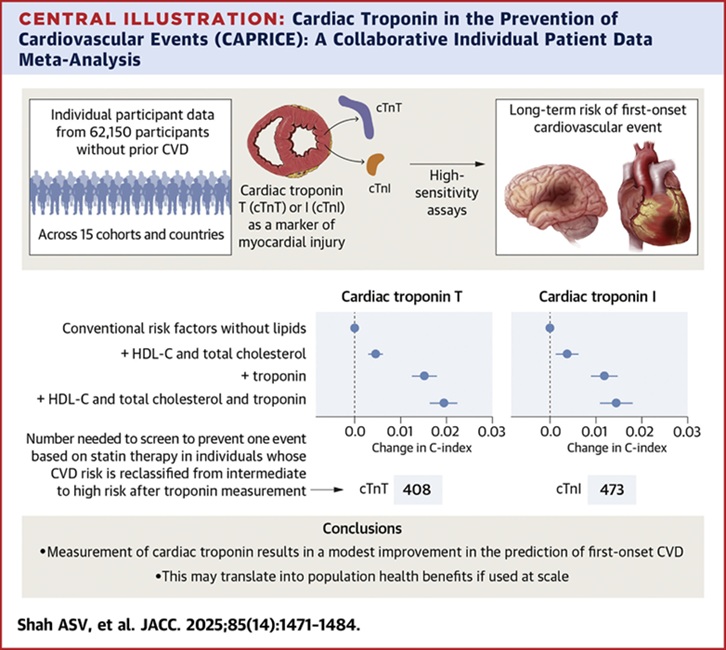
Simple Blood Test Improves Heart Attack and Stroke Risk Prediction
Troponin is a protein found in heart muscle cells that is released into the bloodstream when the heart is damaged. High-sensitivity troponin blood tests are commonly used in hospitals to diagnose heart... Read more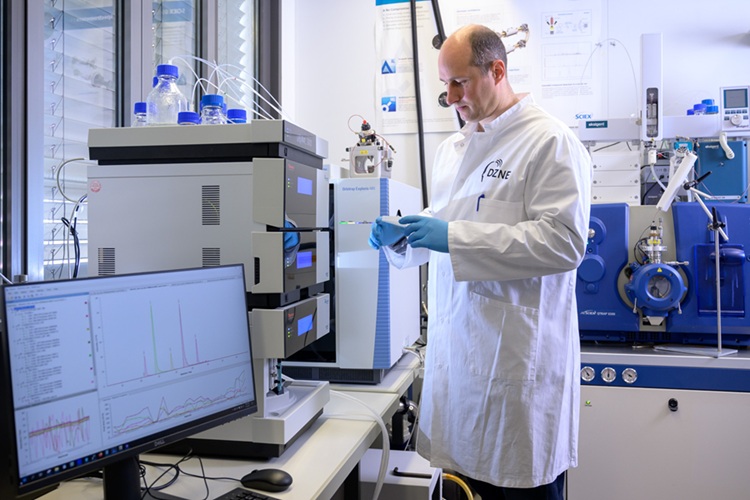
Blood Biomarker Test Could Detect Genetic Predisposition to Alzheimer’s
New medications for Alzheimer’s disease, the most common form of dementia, are now becoming available. These treatments, known as “amyloid antibodies,” work by promoting the removal of small deposits from... Read more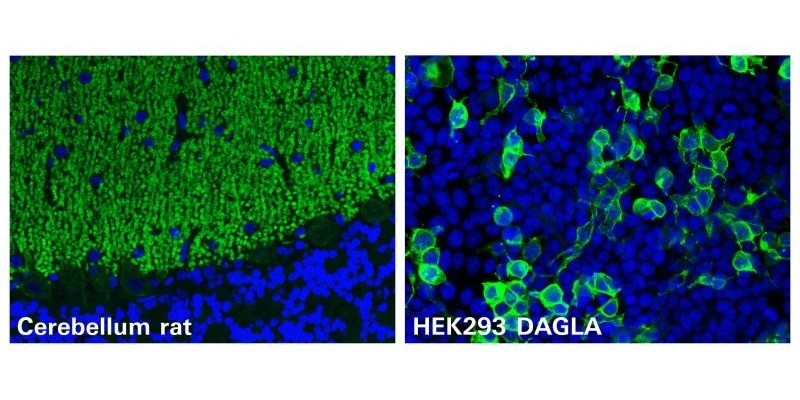
Novel Autoantibody Against DAGLA Discovered in Cerebellitis
Autoimmune cerebellar ataxias are strongly disabling disorders characterized by an impaired ability to coordinate muscle movement. Cerebellar autoantibodies serve as useful biomarkers to support rapid... Read more
Gene-Based Blood Test Accurately Predicts Tumor Recurrence of Advanced Skin Cancer
Melanoma, an aggressive form of skin cancer, becomes extremely difficult to treat once it spreads to other parts of the body. For patients with metastatic melanoma tumors that cannot be surgically removed... Read moreImmunology
view channel
Stem Cell Test Predicts Treatment Outcome for Patients with Platinum-Resistant Ovarian Cancer
Epithelial ovarian cancer frequently responds to chemotherapy initially, but eventually, the tumor develops resistance to the therapy, leading to regrowth. This resistance is partially due to the activation... Read more
Machine Learning-Enabled Blood Test Predicts Immunotherapy Response in Lymphoma Patients
Chimeric antigen receptor (CAR) T-cell therapy has emerged as one of the most promising recent developments in the treatment of blood cancers. However, over half of non-Hodgkin lymphoma (NHL) patients... Read moreMicrobiology
view channel
Handheld Device Delivers Low-Cost TB Results in Less Than One Hour
Tuberculosis (TB) remains the deadliest infectious disease globally, affecting an estimated 10 million people annually. In 2021, about 4.2 million TB cases went undiagnosed or unreported, mainly due to... Read more
New AI-Based Method Improves Diagnosis of Drug-Resistant Infections
Drug-resistant infections, particularly those caused by deadly bacteria like tuberculosis and staphylococcus, are rapidly emerging as a global health emergency. These infections are more difficult to treat,... Read more
Breakthrough Diagnostic Technology Identifies Bacterial Infections with Almost 100% Accuracy within Three Hours
Rapid and precise identification of pathogenic microbes in patient samples is essential for the effective treatment of acute infectious diseases, such as sepsis. The fluorescence in situ hybridization... Read morePathology
view channel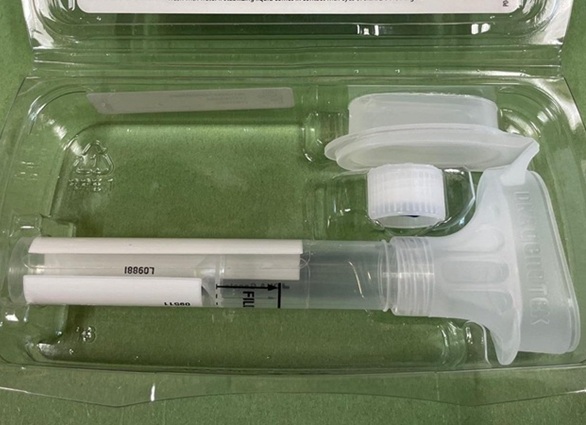
Spit Test More Accurate at Identifying Future Prostate Cancer Risk
Currently, blood tests that measure the level of a protein called prostate-specific antigen (PSA) are commonly used to identify men at higher risk for prostate cancer. This test is typically used based... Read moreDNA Nanotechnology Boosts Sensitivity of Test Strips
Since the Covid-19 pandemic, most people have become familiar with paper-based rapid test strips, also known as lateral flow immunoassays (LFIAs). These tests are used to quickly detect biomarkers that... Read more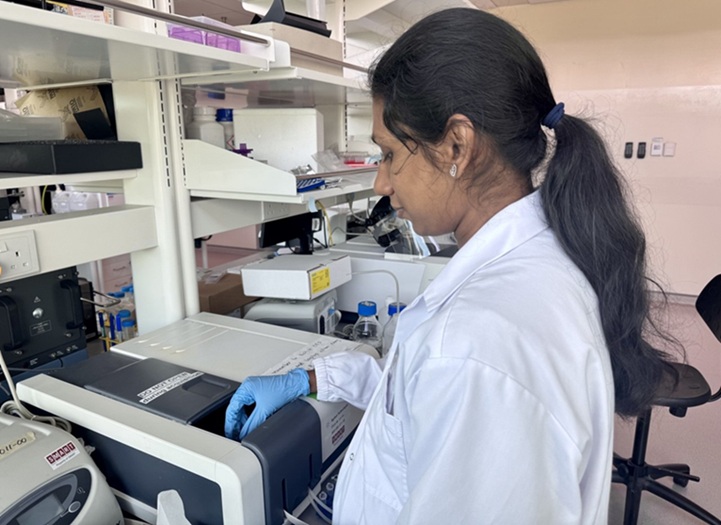
Novel UV and Machine Learning-Aided Method Detects Microbial Contamination in Cell Cultures
Cell therapy holds great potential in treating diseases such as cancers, inflammatory conditions, and chronic degenerative disorders by manipulating or replacing cells to restore function or combat disease.... Read moreTechnology
view channel
Disposable Microchip Technology Could Selectively Detect HIV in Whole Blood Samples
As of the end of 2023, approximately 40 million people globally were living with HIV, and around 630,000 individuals died from AIDS-related illnesses that same year. Despite a substantial decline in deaths... Read more
Pain-On-A-Chip Microfluidic Device Determines Types of Chronic Pain from Blood Samples
Chronic pain is a widespread condition that remains difficult to manage, and existing clinical methods for its treatment rely largely on self-reporting, which can be subjective and especially problematic... Read more
Innovative, Label-Free Ratiometric Fluorosensor Enables More Sensitive Viral RNA Detection
Viruses present a major global health risk, as demonstrated by recent pandemics, making early detection and identification essential for preventing new outbreaks. While traditional detection methods are... Read moreIndustry
view channel
Cepheid and Oxford Nanopore Technologies Partner on Advancing Automated Sequencing-Based Solutions
Cepheid (Sunnyvale, CA, USA), a leading molecular diagnostics company, and Oxford Nanopore Technologies (Oxford, UK), the company behind a new generation of sequencing-based molecular analysis technologies,... Read more
Grifols and Tecan’s IBL Collaborate on Advanced Biomarker Panels
Grifols (Barcelona, Spain), one of the world’s leading producers of plasma-derived medicines and innovative diagnostic solutions, is expanding its offer in clinical diagnostics through a strategic partnership... Read more




